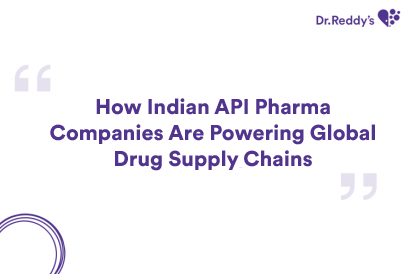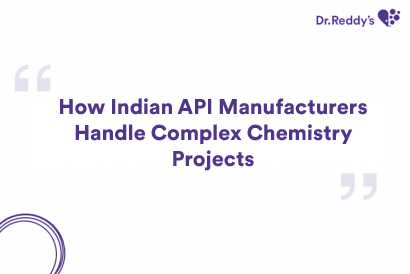Continuous Manufacturing Process and Its Impact on Pharma Manufacturing
In the dynamic world of pharmaceutical manufacturing, continuous manufacturing (CM) is emerging as a transformative force. Unlike traditional batch manufacturing, which processes drugs in discrete steps, continuous manufacturing integrates all stages of production into a seamless, ongoing process. This innovative approach offers numerous benefits, including improved efficiency, enhanced product quality, and greater flexibility. This blog delves into the continuous manufacturing process and explores its profound impact on the pharmaceutical industry.
Understanding Continuous Manufacturing
Continuous manufacturing is where raw materials are fed into the system and transformed into finished products in a continuous, uninterrupted flow. This starkly contrasts batch manufacturing, which involves distinct production phases with interruptions between each step.
Critical components of continuous manufacturing include:
- Continuous Flow Reactors: These reactors allow for the constant movement of materials through the system, enabling reactions to occur in a controlled and consistent manner.
- Automated Monitoring and Control Systems: Advanced sensors and control systems continuously monitor the production process, ensuring optimal conditions are maintained and deviations are promptly addressed.
- Real-Time Quality Control: Inline quality control methods allow immediate detection and correction of any issues, ensuring the final product meets stringent quality standards.
Benefits of Continuous Manufacturing in Pharma
Increased Efficiency
Continuous manufacturing significantly reduces the time required to produce pharmaceuticals. By eliminating the downtime associated with batch processing, manufacturers can achieve higher output rates and more consistent production schedules. This efficiency not only speeds up time-to-market but also reduces manufacturing costs.
Enhanced Product Quality
The continuous monitoring and control inherent in CM lead to more consistent product quality. Real- time adjustments ensure optimal production conditions, reducing the likelihood of defects or variations. This results in higher-quality medications that meet stringent regulatory standards.
Greater Flexibility
CM systems can be more easily adapted to produce different drugs or formulations. This flexibility is precious in the pharmaceutical industry, where the ability to respond to market demands or new scientific discoveries quickly can provide a significant competitive advantage.
Improved Supply Chain Management
Continuous manufacturing supports just-in-time production, reducing the need for extensive inventories of raw materials and finished products. This can lead to more efficient supply chain management, lower storage costs, and reduced risk of product obsolescence.
Sustainability
The efficiency of continuous manufacturing processes often results in lower energy consumption and reduced waste compared to batch manufacturing. This makes CM a more environmentally friendly option, aligning with the growing emphasis on sustainability in the pharmaceutical industry.
Challenges and Considerations
While the benefits of continuous manufacturing are substantial, the transition from batch processing presents several challenges:
Initial Investment
Implementing continuous manufacturing requires significant upfront investment in new equipment and technology. However, the long-term savings in operational costs and increased efficiency can offset these initial expenses.
Regulatory Compliance
Continuous manufacturing systems must comply with rigorous regulatory standards. This requires thorough validation and ongoing monitoring to ensure consistent product quality and safety. Collaboration with regulatory bodies is essential to navigate these requirements successfully.
Technical Expertise
Operating a continuous manufacturing system demands a high level of technical expertise. Training and retaining skilled personnel are crucial to maintain the smooth operation of these advanced systems.
The Future of Pharma Manufacturing
The pharmaceutical industry is at a crossroads, with continuous manufacturing poised to become the new standard. Companies that embrace this innovative approach stand to gain a significant competitive edge through increased efficiency, enhanced product quality, and greater flexibility. As technology advances and regulatory frameworks adapt, adopting continuous manufacturing is expected to accelerate, driving the industry towards a more efficient and sustainable future.
In conclusion, continuous manufacturing represents a paradigm shift in pharmaceutical production. Its ability to streamline processes, improve quality, and adapt to changing demands positions it as a cornerstone of modern pharma manufacturing. As the industry evolves, embracing continuous manufacturing will be vital to staying ahead in an increasingly competitive landscape.
- Call us:
 +91 40 49002253
+91 40 49002253
Contact Us
Preencha o formulário a seguir e entraremos em contato em breve.





